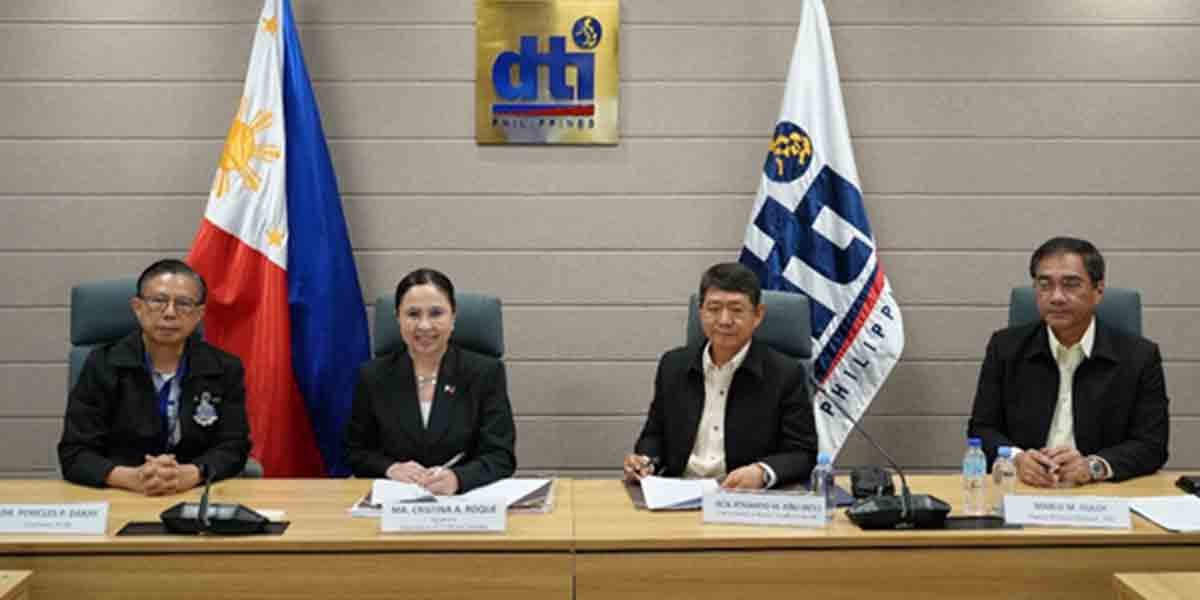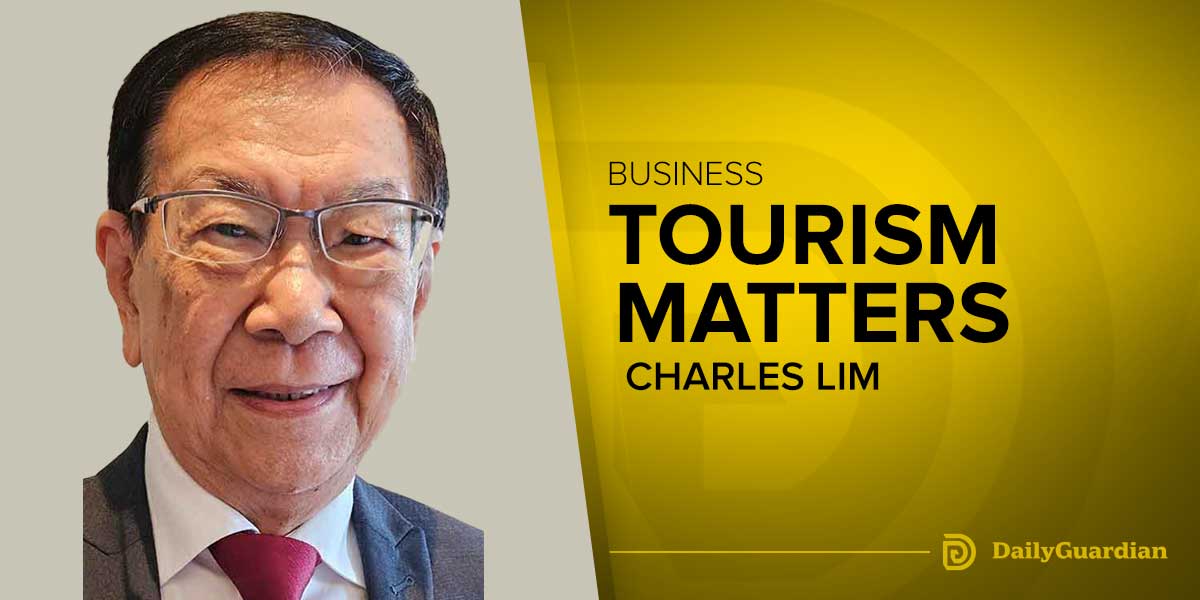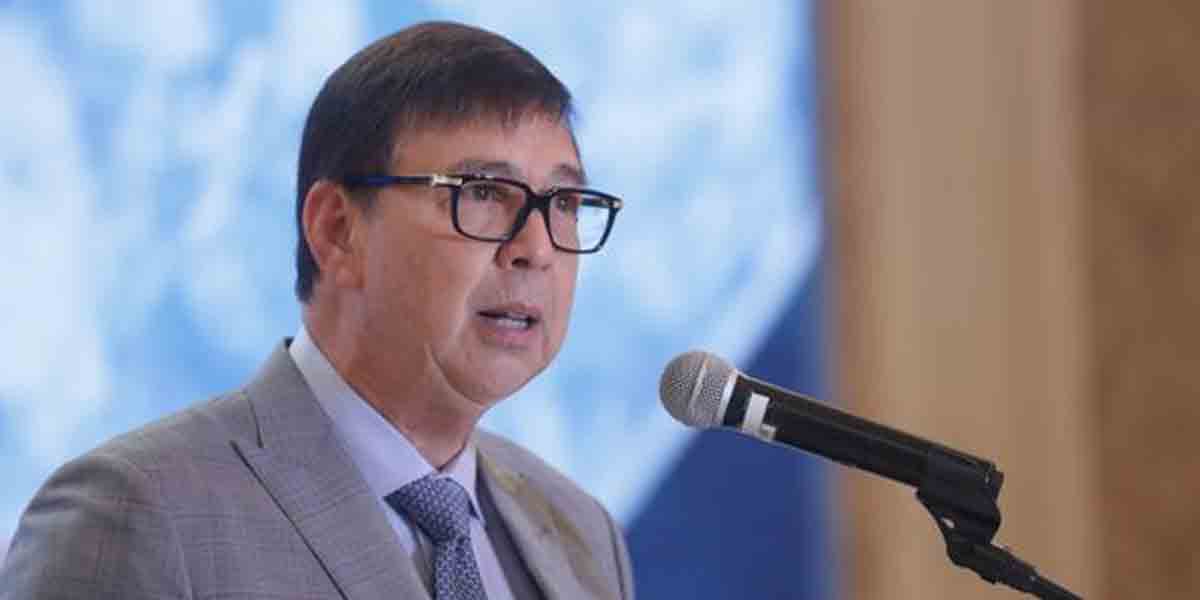Similar to the impacts of climate change on the public’s health, disease outbreaks also impact women and men differently. While pandemics make prevailing inequalities much worse for women and girls among other marginalized sectors such as children, persons with disabilities, people of old age, and those living in extreme poverty.
Before the outbreak of the COVID-19 pandemic, women –who comprise 70% of the global health workforce– are already experiencing deplorable work, health and socio-economic realities.
To begin with, according to the WHO Health Workforce Working Paper on Gender-equity in the health workforce, there is a huge gender contrast in occupational segregation; for instance, 61% of doctors in Southeast Asia are male, while only 39% are female. In the Western pacific region, 81% of nurses are female, while only 19% are male. Then there’s the low wages and gender pay gap wherein female health workers are earning roughly 28% less than males. In addition, there is a 13% pay gap for hourly wages for physicians, while 12% for nurses and midwives. We also need to factor in the varying working conditions, such as more part-time jobs being occupied by women while men have a higher average working hours per week, and in highly paid occupations like being a doctor, men are normally hired than women. There are also cases where low paid-high risk jobs prefer to hire women more than men, jobs like home care and hospital waste collection. Last but not the least, the reality of our healthcare systems being unprepared for a climate-induced pandemic also exacerbates their working conditions.
As a result of the intensified inequality brought about by neoliberal economic policies, women, especially those in the working class, are more vulnerable to the health, economic, and social consequences of the COVID-19 pandemic.
To illustrate, while some hospitals in the Philippines made it their priority to provide free lodging and even mental healthcare benefits to their frontliners, several administrative personnel in other tertiary hospitals are under an uncertain “on-call” or “no work-no pay” employment basis. It is also important to note the staggering 1,245 health workers tested positive for COVID-19 with the Philippine Department of Health citing the cause to be the initial lack of personal protective equipment (PPEs) among others.
Owing to the fact that these women health workers are also mothers, wives, sisters, and daughters, therefore they are not exempted from the burden brought about by insufficient, if not lack of government response both for the public and the healthcare sector such as the lack of PPEs, medical equipment, access to food relief, transportation, medicines, obstetric and reproductive health services, including mental stress, gender-based abuses, domestic violence, and even attacks on their right to free speech.
Despite these challenges, we have seen not only women and girls, but an all-gender collective effort in providing the basic necessities of those in need – from food for the urban poor and rural communities, PPEs for front liners, mental health services, scientific and mass-oriented information, to check-in calls, playlists sharing, and even virtual get-togethers.
The journey towards recovery will be long and difficult indeed, but with the quick and passionate spirit of response seen from varying communities, households, and institutions, we know that there is still hope for a just, gender-inclusive, and healthier world for all of us.
RESOURCES:
- https://apps.who.int/iris/bitstream/handle/10665/311314/WHO-HIS-HWF-Gender-WP1-2019.1-eng.pdf
- https://centerforwomensresources.org/resources/
- https://www.facebook.com/lita.malundras/posts/2907039072665783
- https://blogs.ei.columbia.edu/2020/02/24/coronavirus-climate-induced-pandemics/
- https://news.abs-cbn.com/news/04/28/20/doh-over-3000-doctors-nurses-directly-affected-by-covid-19
- https://www.rappler.com/nation/258155-duque-admits-health-workers-die-lack-ppes-dishonest-patients























